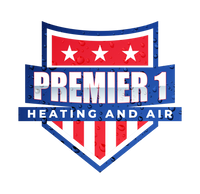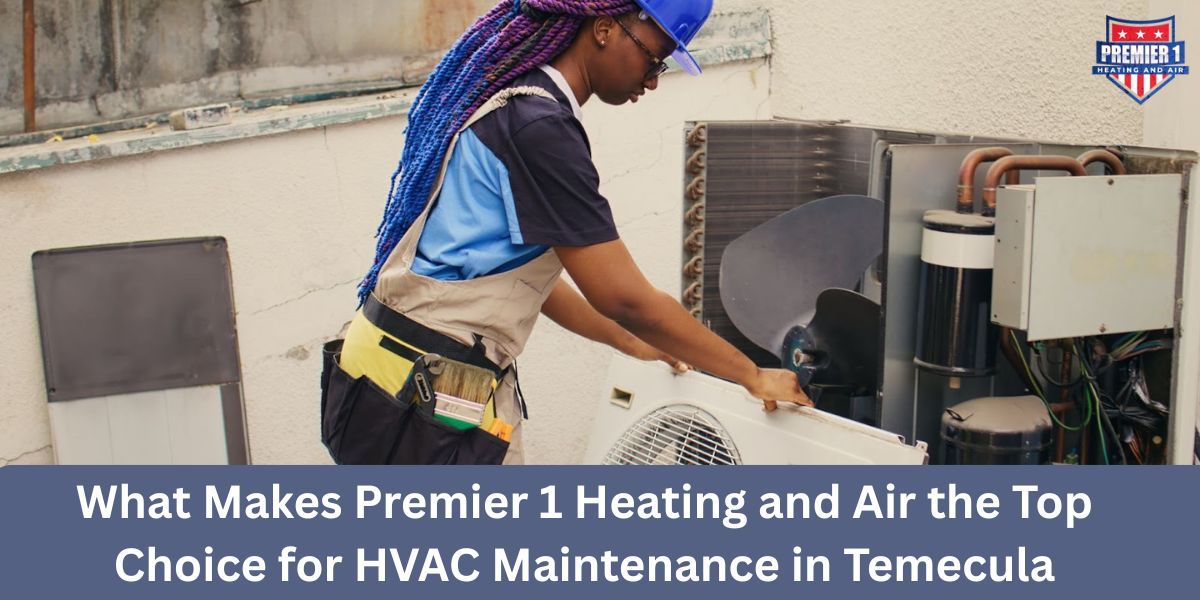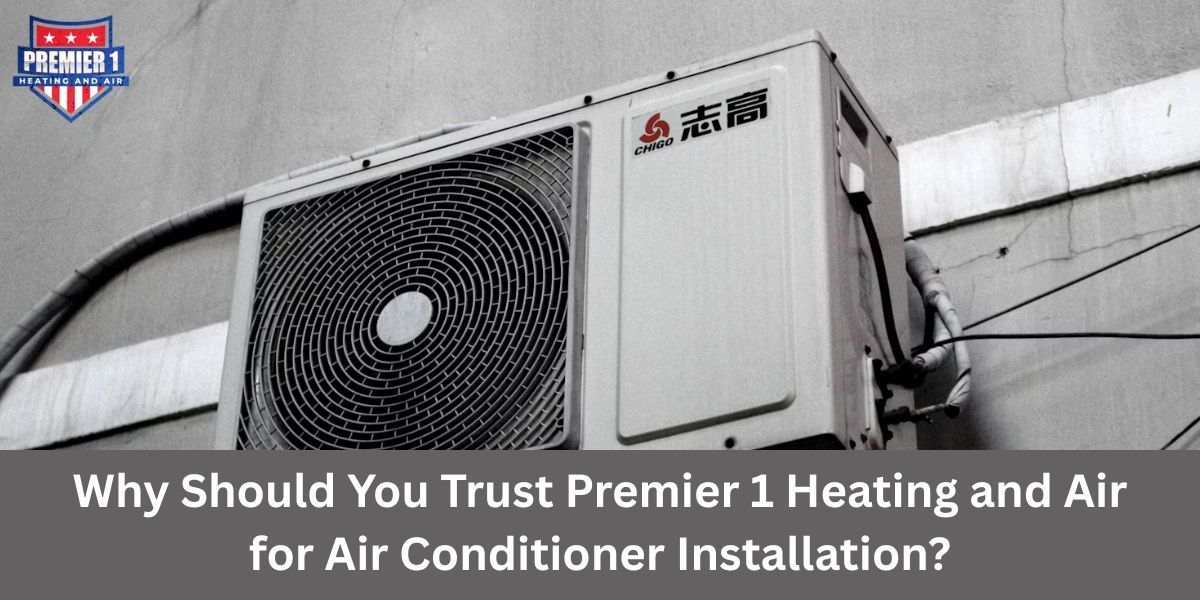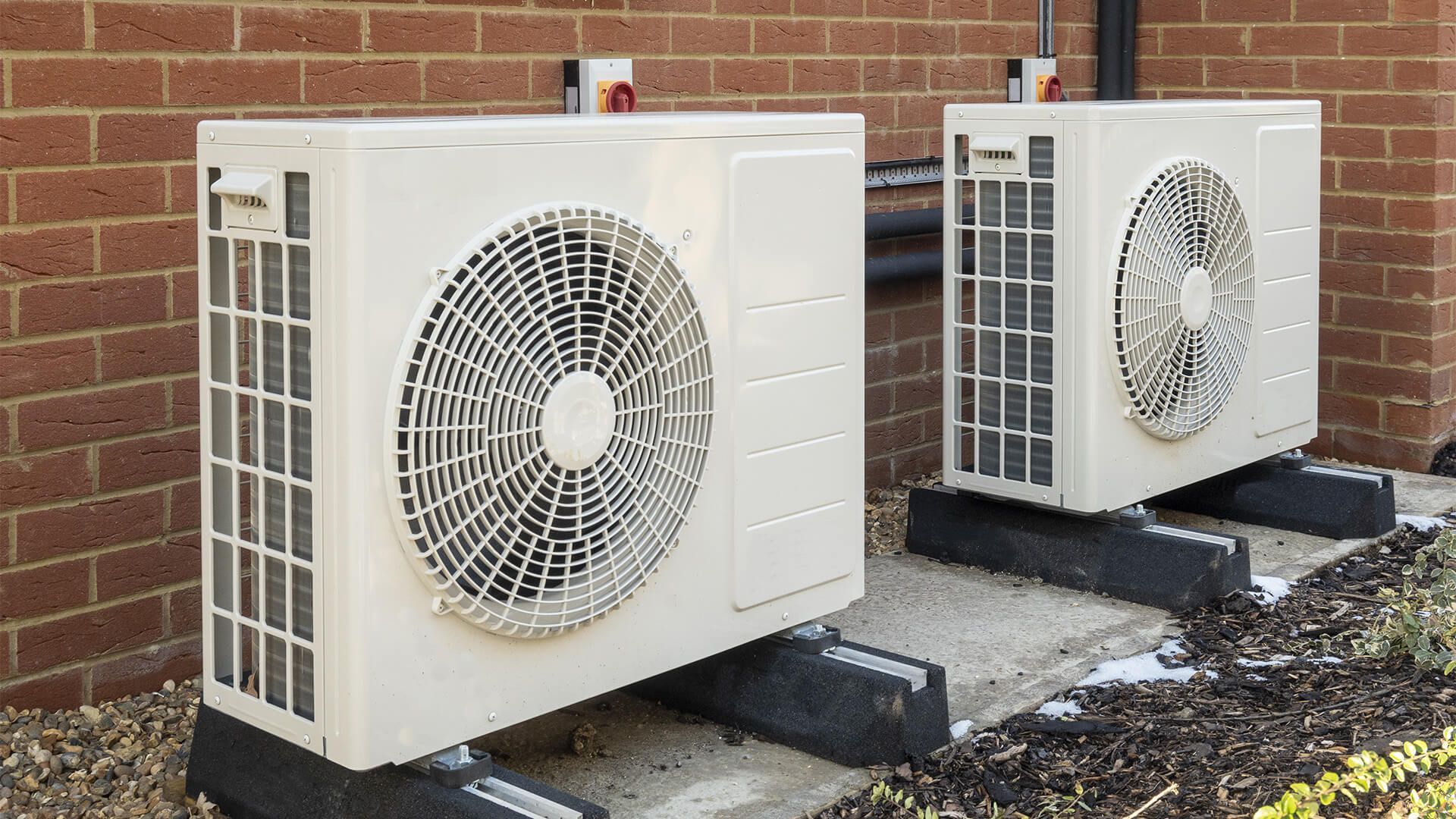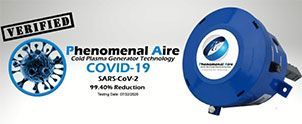How to Clean HVAC Coils Effectively: A Step-by-Step Guide for Better Efficiency
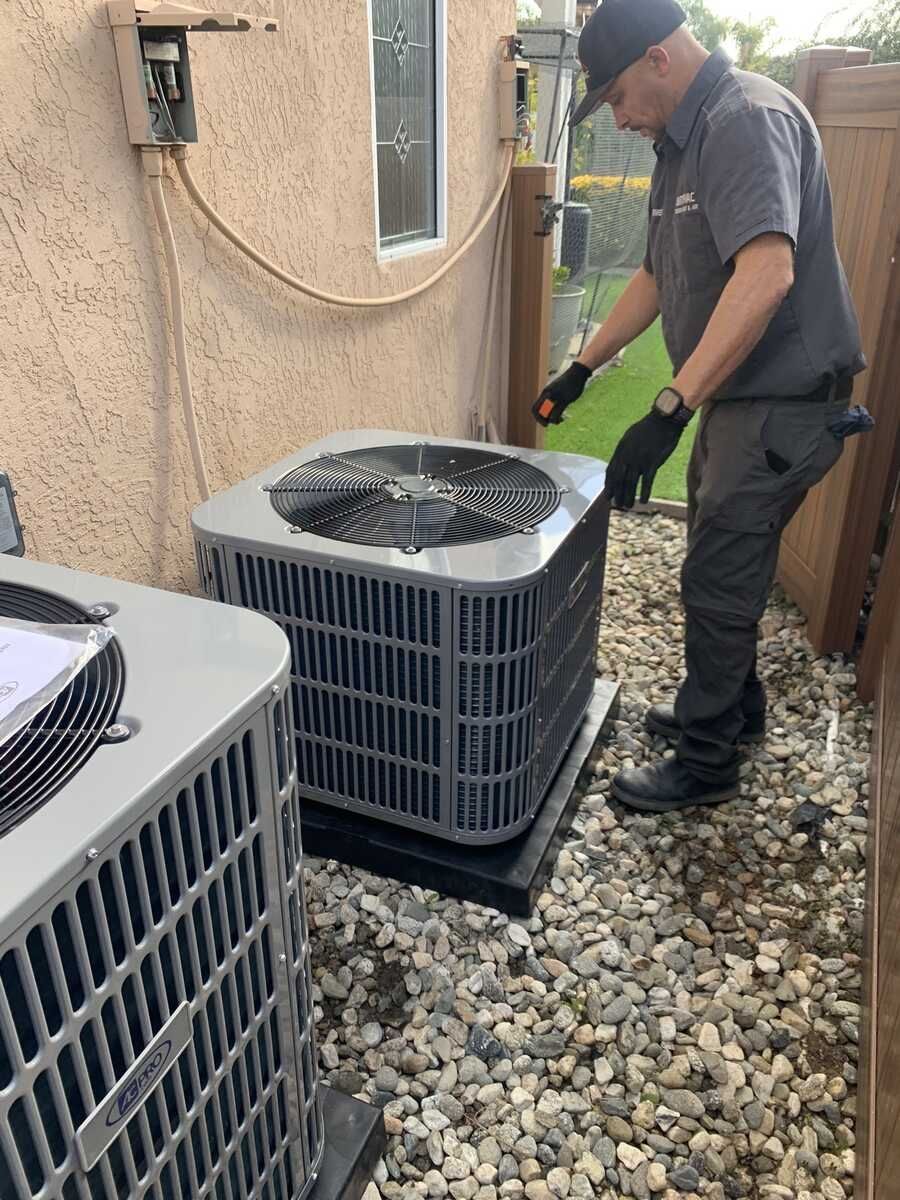
Heating, ventilation, and air conditioning systems—collectively known as HVAC—play a critical role in indoor comfort. However, to ensure optimal performance, certain components need regular maintenance. Among the most essential tasks is learning how to clean HVAC coils. Whether you're a homeowner, property manager, or HVAC technician, understanding how to clean HVAC coils can significantly improve energy efficiency, prolong system life, and ensure cleaner indoor air.
Understanding HVAC Coil Types
HVAC systems include two primary types of coils: evaporator coils and condenser coils. Both play vital roles in heat exchange but are located in different parts of the system and serve distinct functions.
Evaporator Coils: The Indoor Workhorse
Evaporator coils are located inside the air handler or attached to the furnace. These coils absorb heat from the indoor air, helping cool the environment. They can get clogged with dust, dirt, and microbial growth, reducing airflow and efficiency.
Condenser Coils: The Outdoor Partner
Condenser coils are typically found in the outdoor unit. They release heat collected by the evaporator coils into the atmosphere. Being outside, these coils are exposed to external pollutants, grass clippings, leaves, and grime—making regular cleaning crucial.
Why Cleaning HVAC Coils Matters
Ignoring coil maintenance leads to a domino effect of issues. Dirty coils force your HVAC system to work harder, which increases energy consumption, shortens equipment lifespan, and diminishes comfort levels.
Benefits of Clean HVAC Coils
- Improved Airflow: Clean coils allow air to pass freely, increasing efficiency.
- Energy Savings: A well-maintained system uses up to 30% less energy.
- Extended Equipment Life: Regular cleaning prevents strain on system components.
- Better Indoor Air Quality: Removing mold and dirt helps reduce allergens and pollutants.
Tools and Materials You’ll Need
Before diving into how to clean HVAC coils, gather the necessary tools and materials. This ensures a safe, effective cleaning process.
Basic Equipment Checklist
- Screwdrivers or nut drivers (to access coils)
- Soft brush or coil cleaning brush
- Fin comb (for bent fins)
- Coil cleaning solution (foam or liquid-based)
- Garden hose or pump sprayer
- Shop vacuum (optional)
- Personal protective equipment (gloves, goggles, mask)
How to Clean Evaporator Coils
Evaporator coils are more delicate and located in harder-to-reach places, requiring a gentle yet thorough approach.
Step-by-Step Guide
Step 1: Turn Off the Power
Safety first. Turn off the HVAC unit at the breaker box to avoid electrical hazards.
Step 2: Access the Coils
Open the air handler panel to expose the evaporator coils. You might need a screwdriver or nut driver.
Step 3: Inspect the Coils
Check for visible dirt, mold, or bent fins. Use a flashlight for a better view.
Step 4: Dry Brush or Vacuum Loose Debris
Use a soft coil brush or a vacuum with a soft brush attachment to remove loose dirt and dust.
Step 5: Apply Coil Cleaner
Spray a no-rinse foaming coil cleaner over the coils. Let it sit for 5–10 minutes to break down buildup.
Step 6: Rinse (If Needed)
If you're using a rinse-required product, lightly spray the coils with water using a pump sprayer.
Step 7: Straighten Bent Fins
Use a fin comb to carefully straighten any bent fins to improve airflow.
Step 8: Reassemble and Test
Once dry, reattach the access panel, restore power, and test the system.
How to Clean Condenser Coils
These coils are more exposed and easier to reach, but they can accumulate outdoor debris rapidly.
Step-by-Step Guide
Step 1: Shut Off Power
Switch off the unit from the disconnect box near the outdoor condenser.
Step 2: Clear Surrounding Debris
Trim grass, remove leaves, and clean away anything blocking airflow.
Step 3: Remove Outer Panel or Grille
Unscrew the protective panels or top cover to gain full access to the coils.
Step 4: Brush Off Debris
Use a coil brush to loosen and remove surface dirt.
Step 5: Apply Coil Cleaner
Spray an approved outdoor coil cleaner. Let it foam and penetrate grime.
Step 6: Rinse with a Garden Hose
Gently rinse the coils from the inside out using a hose. Avoid using high-pressure jets that can damage fins.
Step 7: Inspect and Straighten Fins
Check for bent fins and straighten them using a fin comb.
Step 8: Reassemble and Power Up
Once everything is dry, replace all covers and restore power.
How Often Should HVAC Coils Be Cleaned?
Coil cleaning frequency depends on usage, environmental conditions, and system location.
- Residential Units: At least once a year (preferably before summer).
- Commercial Systems: Twice a year or more, especially in dusty or humid environments.
- High-Pollution Areas: Quarterly inspections are recommended.
Signs Your HVAC Coils Need Cleaning
- Reduced cooling or heating performance
- Higher energy bills
- Frequent cycling on/off
- Visible dirt or mold on coils
- Unpleasant odors from vents
DIY vs. Professional Coil Cleaning
While DIY cleaning is feasible for handy homeowners, there are times when hiring a professional makes more sense.
When to DIY
- Light to moderate dirt buildup
- Easy access to coils
- Proper tools and protective equipment on hand
When to Hire a Pro
- Heavy buildup or mold presence
- Inaccessible coils
- Complex commercial systems
- Routine HVAC maintenance contracts
HVAC Coil Maintenance Tips
Maintaining clean coils is easier with preventative care.
- Replace air filters every 1–3 months.
- Keep outdoor units clear of debris.
- Schedule regular HVAC inspections.
- Install a UV light system to prevent microbial growth.
- Ensure proper system ventilation.
FAQs
How often should HVAC coils be cleaned?
Annually for residential systems and biannually or more for commercial or high-pollution areas.
Can dirty coils affect HVAC performance?
Absolutely. Dirty coils reduce efficiency, strain components, and increase energy costs.
Is coil cleaning included in HVAC maintenance?
Often, yes. Most professional HVAC tune-ups include coil inspections and cleaning.
Can I use household cleaners on HVAC coils?
No. Use only coil-specific cleaners to avoid damaging the coil's material and protective coatings.
How long does coil cleaning take?
Typically 30–60 minutes per coil, depending on dirt levels and accessibility.
What happens if I never clean my coils?
Neglecting coil maintenance leads to system inefficiency, higher costs, breakdowns, and poor indoor air quality.
